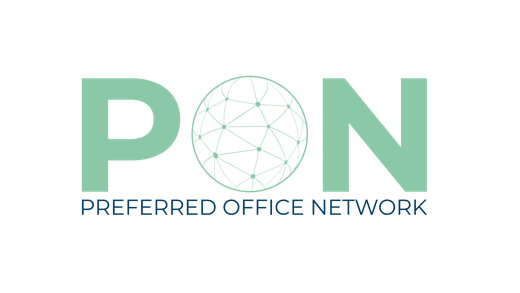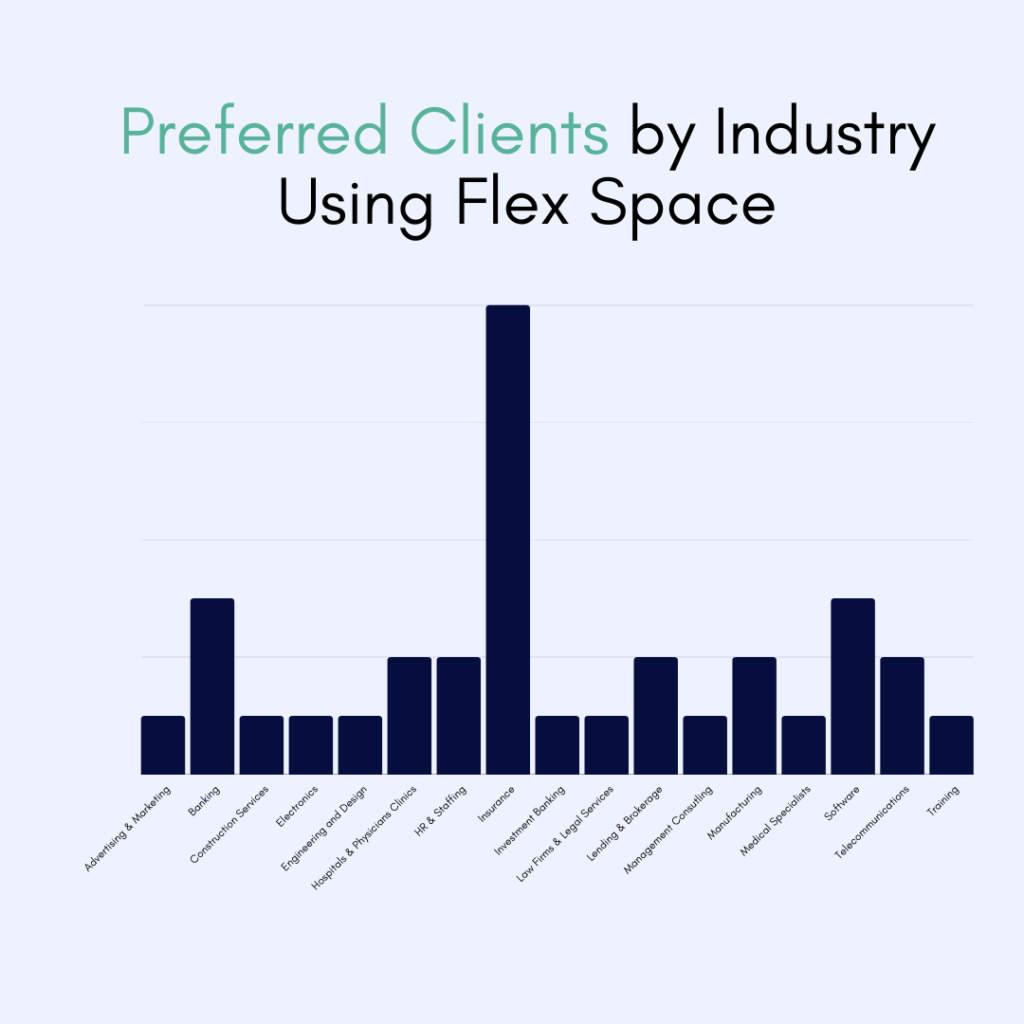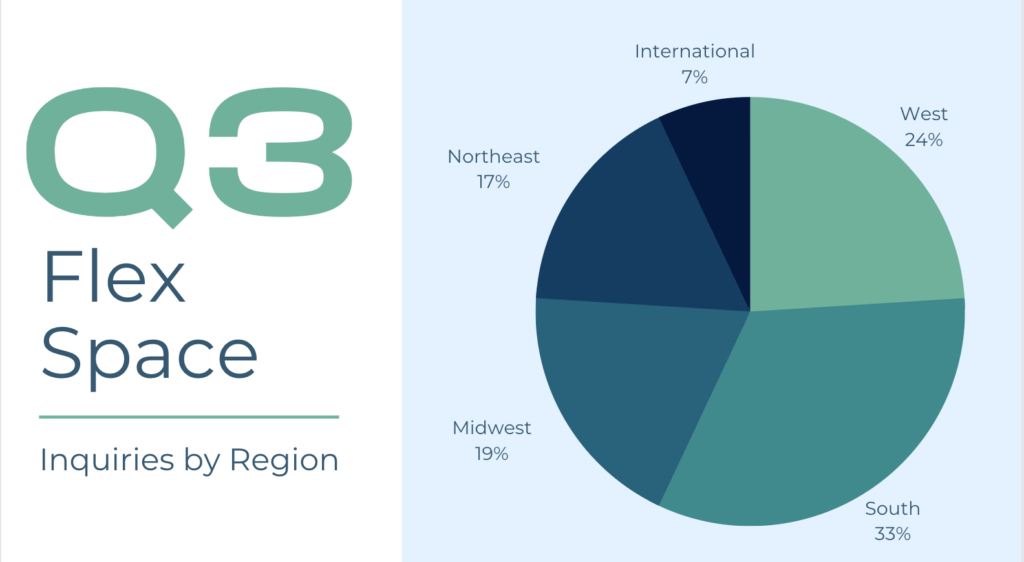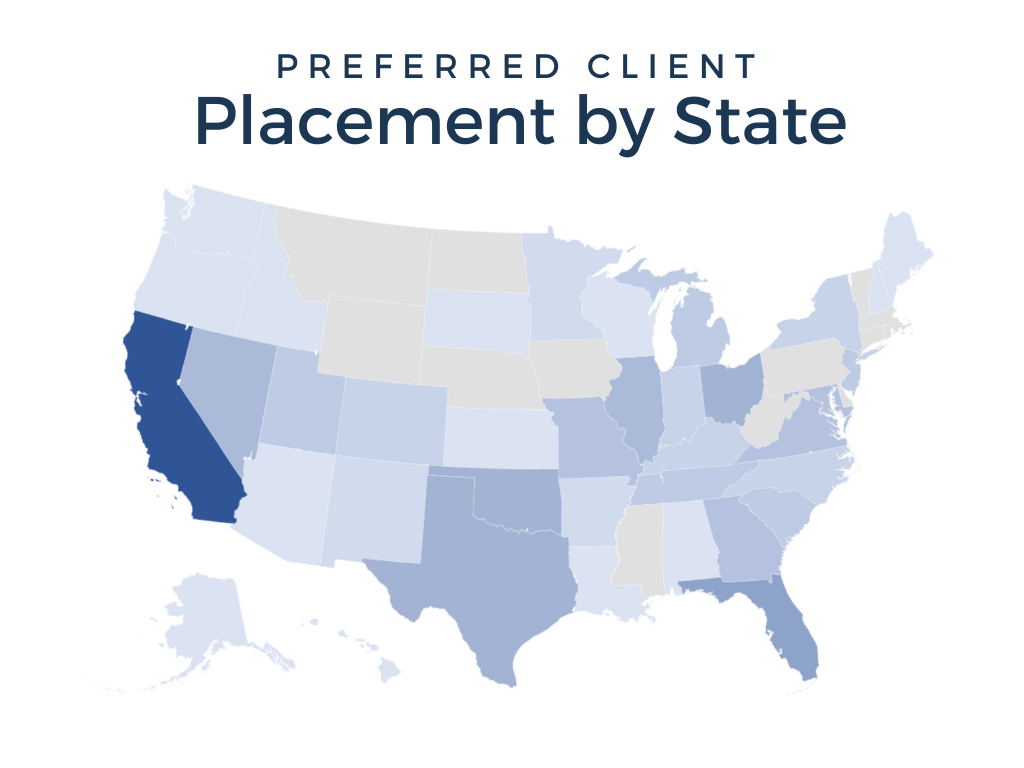
Q3 in Review: The Economic and Employment Outlook in the New World of Work
Like many organizations, Preferred has been watching the jobs reports put out by the Bureau of Labor Statistics each month for some definitive signs of which way the economy and the labor market are heading.
As a global alliance of coworking centers and office space solutions, Preferred is at the forefront of the future of the workplace, helping enterprise organizations empower their employees with a choice in where and how they work — an opportunity that is quickly becoming the #1 employee benefit.
As a result of our unique role in improving talent attraction and retention, as well as enhancing the employee experience — factors that are top of mind for employers amidst what the World Economic Forum calls the Great Reset — we offer our key takeaways from the Q3 jobs reports and what this important ongoing data means for our new world of work.
The Big Picture: A Post-Pandemic Recovery
If there is one constant through line in the July, August, and September 2022 U.S. jobs reports, it is that the labor market has remained robust and resilient.
The 22 million jobs lost during the pandemic have all been gained back, plus half a million more. Coupled with a low unemployment rate (3.5% as of September — the lowest level in more than 50 years), vigorous corporate hiring, and strong consumer spending patterns that have stayed solid post-pandemic and in today’s volatile economic climate, this is the good news for an economy that desperately required a restart.
U.S. employment was largely back to pre-pandemic levels across industries as of July, while the major headline in August and September has been the gradual cooling off of hiring.
The slowing down of the frenzied pace of hiring seen in 2021 and early 2022 should help somewhat in easing the fears of inflation and abating the Great Resignation as employees decide to stay put and employers look to improve their company culture in order to retain them.
The largest employment gains overall have been in industries that Preferred serves, such as professional and business services, financial services, government, healthcare, construction, and manufacturing. These sectors continue to progress as businesses across the country reopen and children return to school.
When economic growth is examined by region, our own data also reflects that of the monthly jobs reports, with client inquiries and placements occurring where the nation is seeing the most momentum. These areas include the South (33% of all client inquiries) and the West (24%), where many Americans moved during the great Covid migration.
However, one area of economic concern continues to be the labor participation rate — Americans who are working or actively looking for work.
The participation rate has changed little since the start of the pandemic, suggesting that people are having a hard time returning to work due to factors such as a lack of childcare or caring for an elderly relative, an aspect that has disproportionately impacted women in the workforce.
In addition, there are still 1.7 open jobs for every available worker, meaning many job seekers are still sitting on the sidelines.
One solution to these pervasive problems is offering workers more flexibility in when and where they work — an employee demand for better life-work balance that has become a driving force of the Great Resignation.
The Rise of Remote and Hybrid Work
The government began reporting on the number of people working remotely because of the pandemic in May 2020. As remote and hybrid work become the new norm, those percentages are falling (from 6.3% in August to 5.2% in September) because of the fact that people can no longer cite the pandemic as the reason they aren’t reporting to a dedicated office.
Rather, as businesses better assess their employees’ needs, flexible work arrangements that allow for asynchronous schedules and the ability to work where they want continue to be a huge factor in attracting and retaining talent. The impact of this seismic shift in how and where we work cannot be overstated.
As our day-to-day lives have forever changed, the workplace has been reshaped and reinvented to meet our new wants and needs. The most successful organizations will recognize and act upon these developments to accommodate their workers’ demands. Studies have shown that when employees feel cared for, they stick around.
A Look Ahead to Q4 and Beyond
Despite recent news of high-profile corporate layoffs, experts expect hiring growth to continue across all major industries in Q4 of 2022. The economic and employment outlook remains in flux, not only in the U.S., but across the world as we collectively look to recover and reset from the global pandemic.
A bigger question for employers and employees alike may be: Why do new jobs continue to be created in today’s uncertain economy?
The answer is: New roles will continue to emerge because the world operates completely differently than it did in 2019.
The dynamic economic and employment direction will continue to undergo this historic transformation, with our new world of work constantly evolving. Today, people can apply for desirable jobs not only in another city, but another country.
They can train for new skills that will further their personal and professional development and allow them to change careers midstream. They can design and dictate a schedule that works for them and a workplace that suits their needs. In our new world of work, freedom and flexibility will continue to be the key to innovation and advancement.
Preferred Office Network meets this critical moment in the new world of work by helping to reimagine the workplace, what it offers, and how it can evolve to function better for all. By offering employees agency in where, when, and how they work, organizations grow stronger, more competitive, and more resilient.






